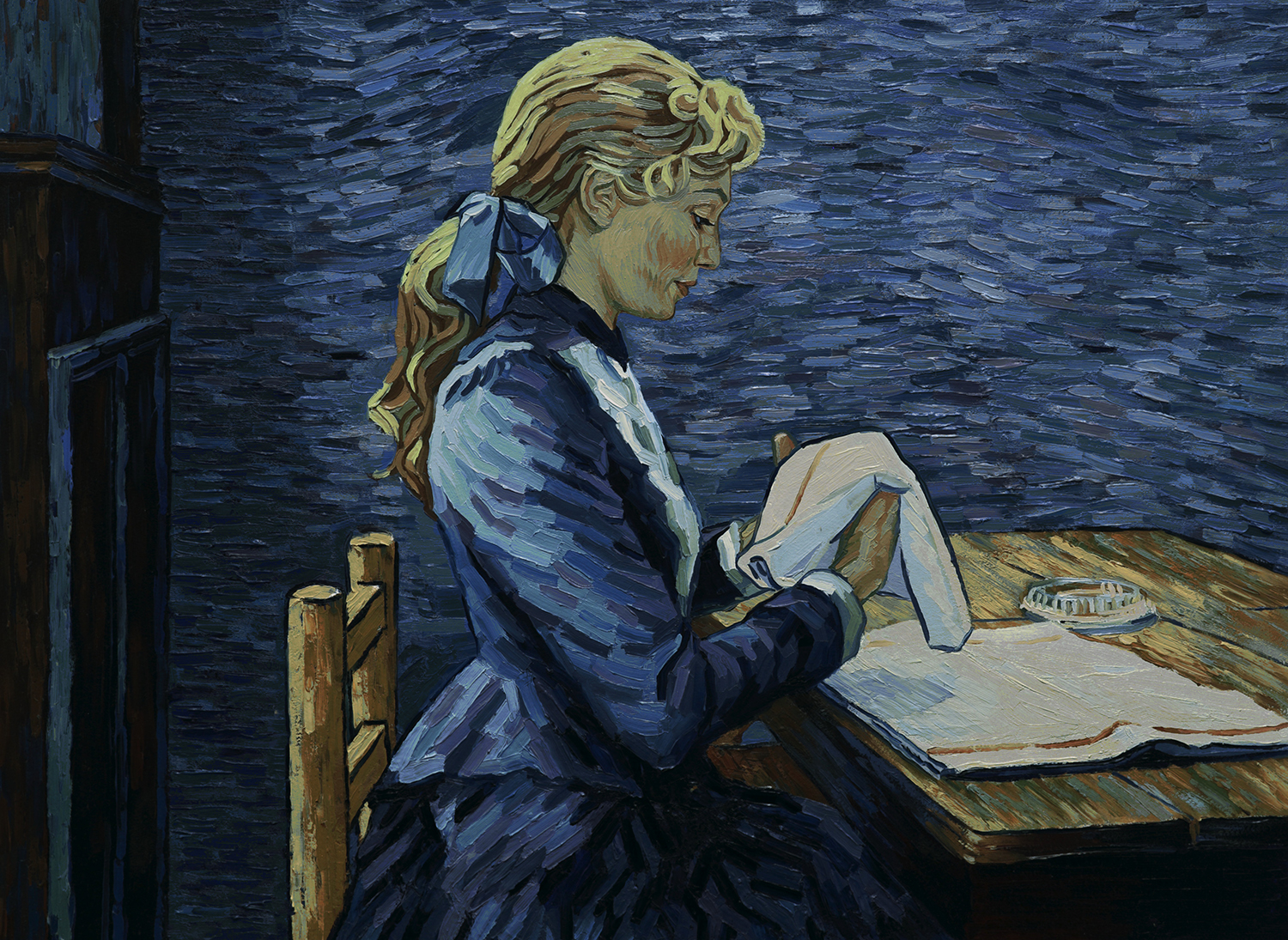

A Groundbreaking New Film Spotlights Vincent van Gogh
Loving Vincent is the world’s first fully painted feature film, with all 65,000 frames rendered in the artist’s signature style
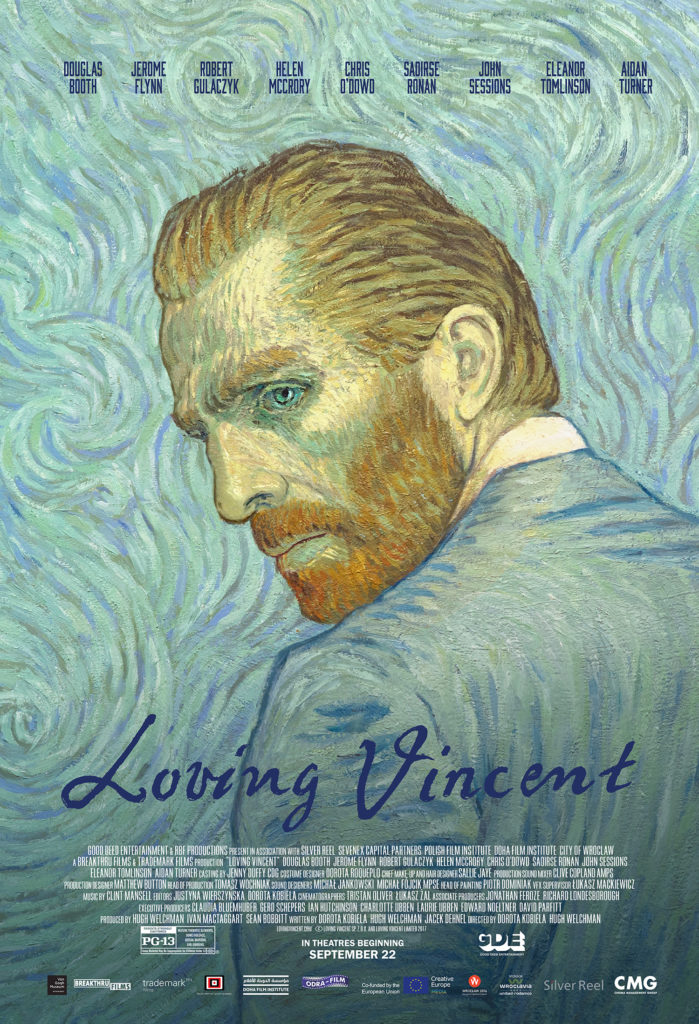
When you stand in front of Vincent van Gogh’s paintings today, more than a century after his death in 1890, the artist’s unique brushstrokes still seem to pulsate off the canvas. Now, art fans can experience 94 minutes of that creative energy in a groundbreaking new film. Loving Vincent, written and directed by Polish animator Dorota Kobiela and Hugh Welchman, is said to be the world’s first fully painted feature film. Currently screening in theaters across the U.S., all 65,000 frames are hand-painted in the artist’s signature expressive style. The labor of love took six years to create and brought together some 125 specially trained artisans—both painters and animators. Featuring some of van Gogh’s most famous works and covering his turbulent life, the movie offers viewers the experience of paintings like Starry Night Over the Rhone and the Café Terrace at Night to dazzling effect.
Set a year after van Gogh’s suicide, Loving Vincent follows the journey of protagonist Armand Roulin through France as he delivers the last letter written by van Gogh to his remaining family. Along the way, Roulin searches for the truth from other key figures in van Gogh’s paintings, seeking information about the events leading up to the artist’s death. While the present-day parts of the film are rendered in van Gogh’s signature style, the black-and-white scenes serve as flashbacks to a time when he was still alive, conjured in a more realistic style in reference to old photographs.
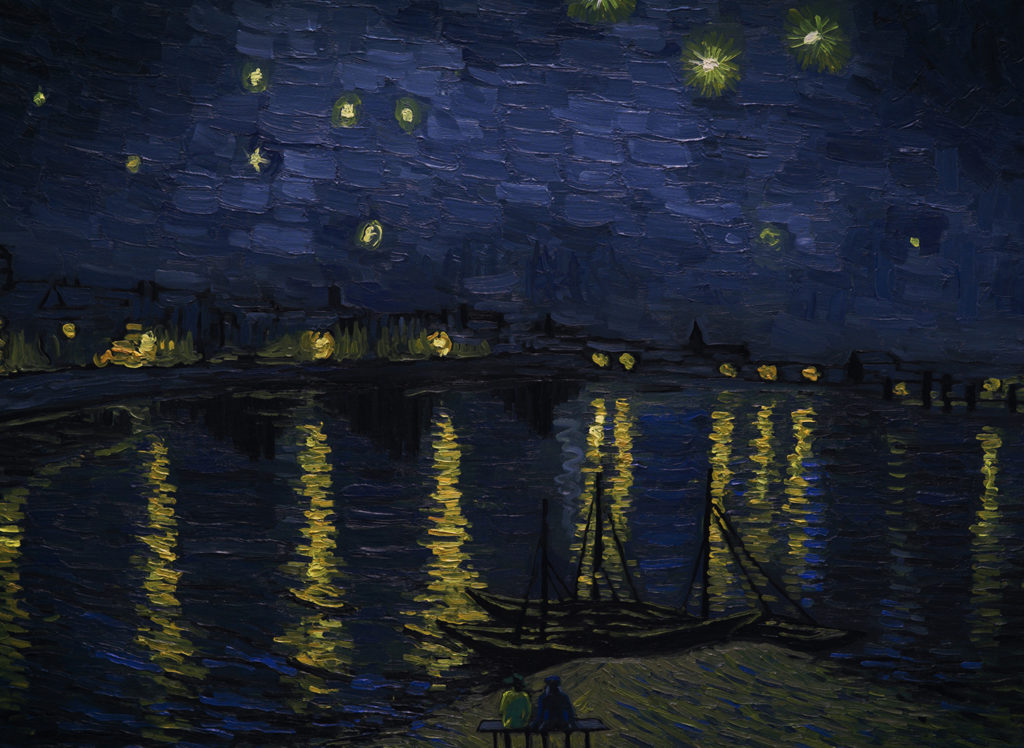
The painstaking process of creating the film involved live actors appearing in scenes just like their portrait counterparts. A team of art specialists then painted out each frame on canvas, took a digital still, and “animated” the shots by repainting the parts that needed to move. Since many of van Gogh’s works were painted in a variety of sizes and styles, some needed to cropped or expanded to fit the cinema frame, and a few were even reimagined in different seasons or times of day so as to keep a consistent plot line.
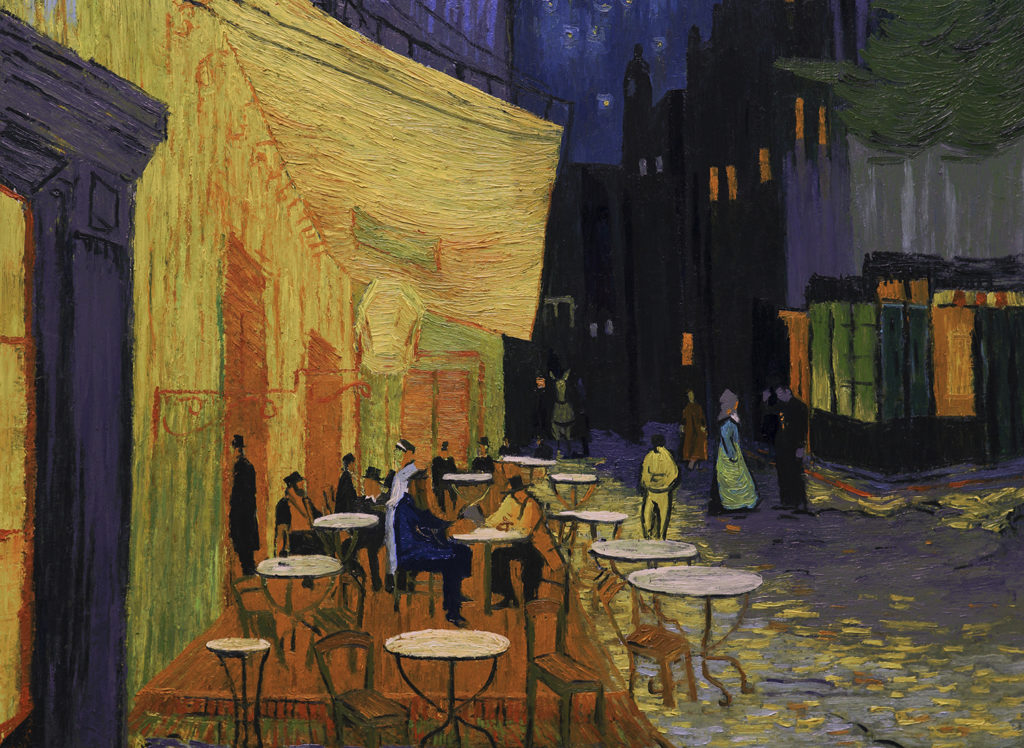
Among the most notable portrayals in the film are Portrait of Armand Roulin by Douglas Booth, Marguerite Gachet at the piano by actress Saoirse Ronan and Portrait of Dr. Gachet by actor Jerome Flynn. Characters painted in a certain style are adjusted as they enter new scenes, creating a continuous flow of imagery.
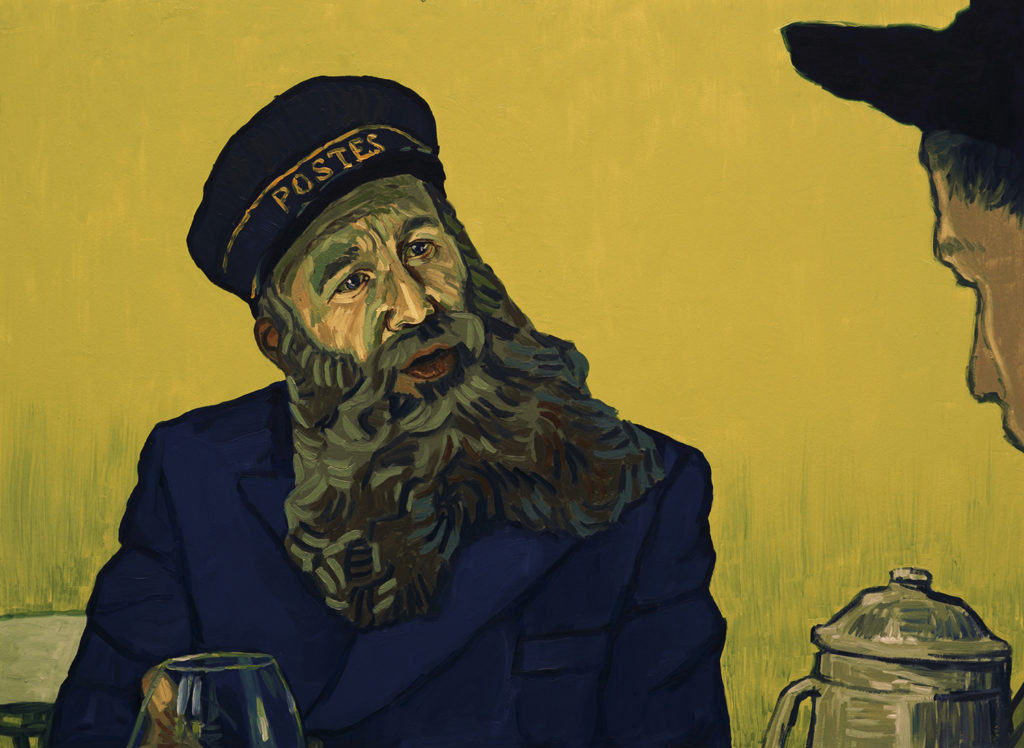
A sumptuous visual feast and a moving dedication to van Gogh’s enduring legacy, the film lets his masterpieces tell the story while serving as a new platform to experience the works, most of which are restricted to museums. If he were alive to see Loving Vincent, van Gogh might agree with this quote from his final letter: “We cannot speak other than by our paintings.”
Loving Vincent is out now in select cinemas around the world, and 200 of 377 of the paintings from the film will be available for purchase.
Accompanying the film is an exhibition of the same name at the Noordbrabants Museum in the Netherlands, which features some 119 oil paintings from the film. It’s on view through January 28, 2018.






